Stem cells have been a topic of interest and discussion among scientists, researchers, and the general public for decades. These remarkable cells have the potential to revolutionize medicine and offer new treatments for various diseases and conditions. In this article, we will explore the different types of stem cells, their potential applications in regenerative medicine, and my personal experience with utilizing stem cells for rejuvenation and longevity.
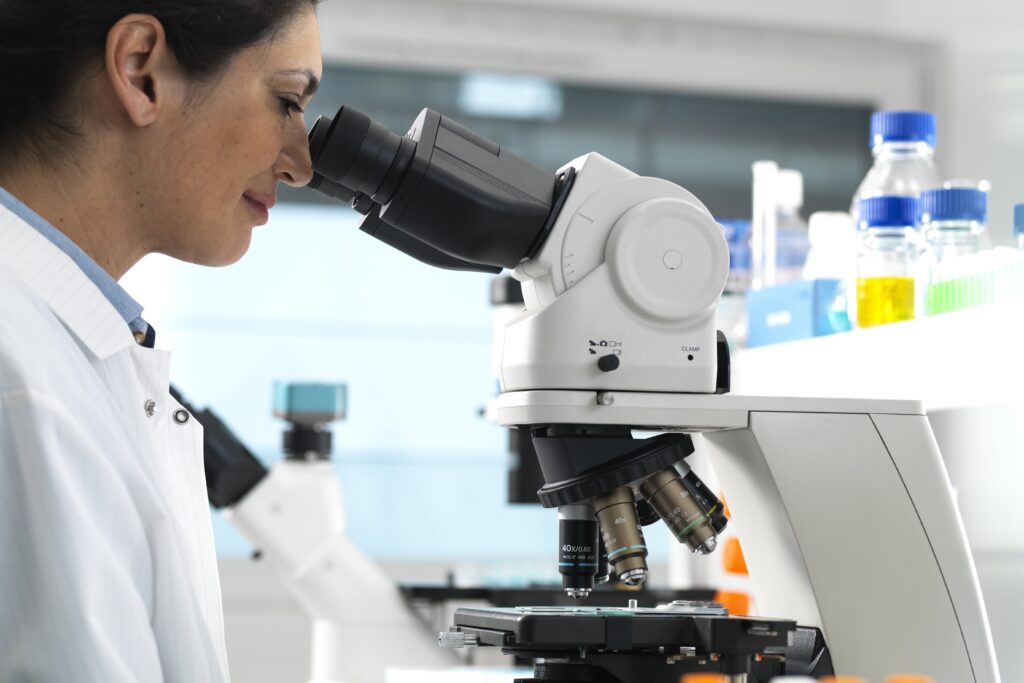
What are Stem Cells?
Stem cells are cells that have the potential to develop into many different types of cells in the body[1][2]. They can divide and renew themselves over long periods of time, and they can also differentiate into specialized cells with specific functions. There are different types of stem cells, including embryonic stem cells, which come from embryos that are 3 to 5 days old, and adult stem cells, which are found in small numbers in most adult tissues such as bone marrow or fat[1][3].
Types of Stem Cells
There are several types of stem cells, including embryonic stem cells, adult stem cells, and induced pluripotent stem cells. Each type has its unique properties and potential applications in stem cell therapies and research.

Embryonic Stem Cells
Embryonic stem cells are cells that are derived from embryos and have the ability to develop into virtually any other cell in the human body[4].
Embryonic stem cells are derived from the inner cell mass of early-stage embryos. These pluripotent stem cells can differentiate into almost any cell type, making them valuable for research and potential stem cell therapies. Human embryonic stem cells are often obtained through in vitro fertilization procedures, where unused embryos are donated for research purposes.
Adult Stem Cells
Adult stem cells are undifferentiated cells found in most adult tissues, such as bone marrow or fat[1]. They can multiply by cell division to replenish dying cells and regenerate damaged tissues[5][6].
Adult stem cells, also known as somatic stem cells, are found in various tissues throughout the body, such as bone marrow, blood, and fat. These cells are more specialized than embryonic stem cells and typically give rise to specific cell types within the tissue they reside in. Examples of adult stem cells include hematopoietic stem cells, which produce new blood cells, and mesenchymal stem cells, which can differentiate into bone, cartilage, and fat cells.
Induced Pluripotent Stem Cells
Induced pluripotent stem cells are adult cells that have been genetically reprogrammed to mimic embryonic stem cells. This process essentially turns back the clock on a cell’s differentiation, making it capable of giving rise to a variety of cell types. These cells offer a promising alternative to embryonic stem cells in research and potential therapies, as they can be derived from a patient’s own cells, reducing the risk of immune rejection.
Pluripotent stem cells have potential applications in regenerative medicine and drug development[7].
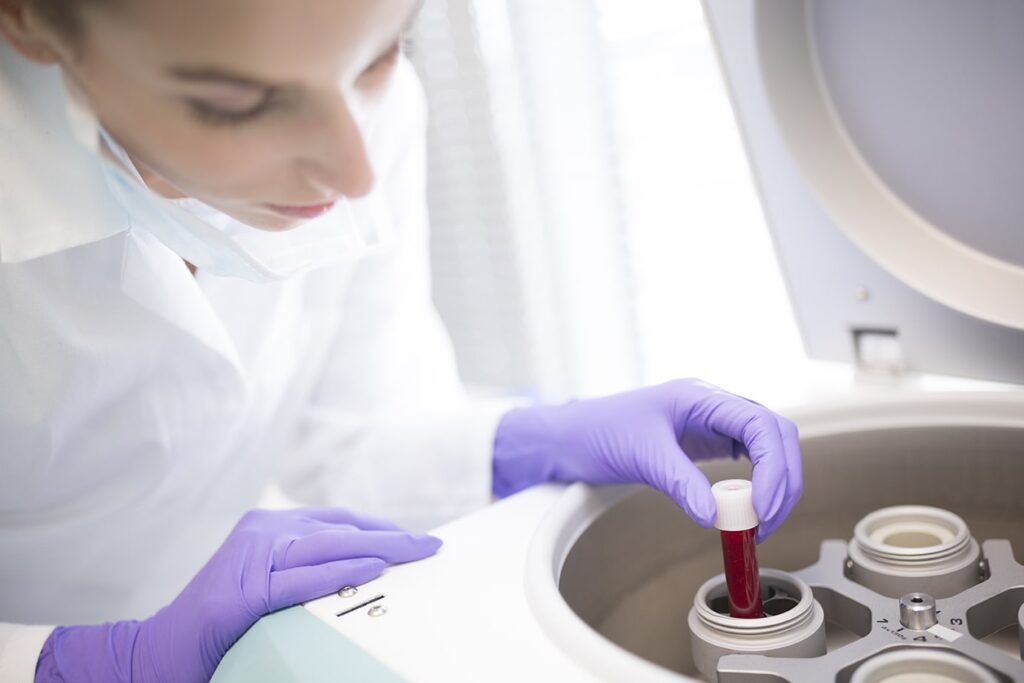
Stem Cell Therapies and Research
Stem cells have the potential to revolutionize medicine and offer new treatments for various diseases and conditions. Some of the most promising areas of stem cell research and therapies include:
Regenerative Medicine
Regenerative medicine aims to repair or replace damaged tissues and organs by harnessing the body’s natural healing abilities. Stem cells have been used in various regenerative medicine applications, such as bone marrow transplants, tissue engineering, and the development of new heart muscle cells to treat heart disease.
Spinal Cord Injuries
Spinal cord injuries can have devastating effects on a person’s quality of life, often resulting in paralysis or loss of sensation. Researchers are exploring the potential use of stem cells to promote the regeneration of damaged nerve cells and restore function to the injured spinal cord.
Neurodegenerative Diseases
Neurodegenerative diseases like Alzheimer’s and Parkinson’s involve the progressive loss of brain cells, leading to cognitive decline and motor dysfunction. Stem cells offer a potential source of new brain cells to replace those that have been lost, and researchers are working to develop stem cell-based therapies for these conditions.
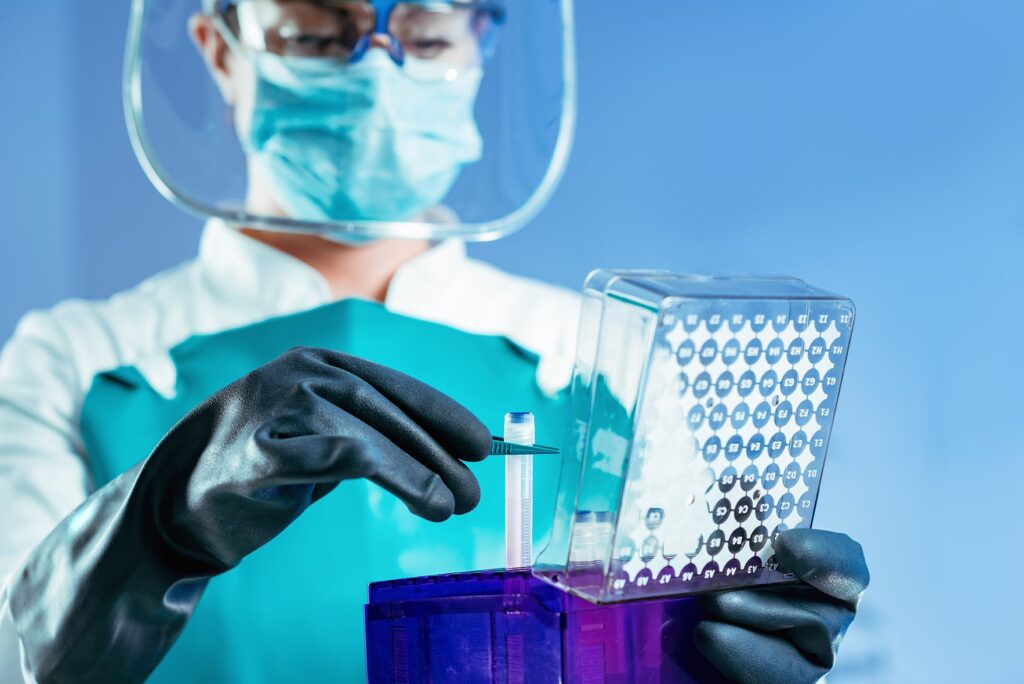
Bone Marrow Stem Cells and Hematopoietic Stem Cells
Bone marrow stem cells, specifically hematopoietic stem cells, play a crucial role in the body’s ability to produce blood cells. These cells reside in the bone marrow and give rise to various types of blood cells, including red blood cells, white blood cells, and platelets. Hematopoietic stem cells are essential for maintaining a healthy immune system and blood cell production throughout life.
Stem Cell Therapy: A New Frontier in Medicine
Stem cell therapy has emerged as a promising area of research and treatment, with numerous clinical trials underway to evaluate its efficacy in various medical conditions. By harnessing the power of stem cells, researchers hope to develop novel treatments for diseases that have been challenging to address using conventional methods. Stem cell therapy can involve the use of different types of stem cells, such as human stem cells, mouse embryonic stem cells, or adult pluripotent stem cells.
Embryonic Stem Cell Lines: A Valuable Research Tool
Embryonic stem cell lines are cultures of embryonic stem cells that can be propagated indefinitely in the laboratory. These cell lines offer a valuable resource for researchers studying cell differentiation, gene expression patterns, and the development of specialized cells. The creation of human pluripotent stem cell lines has enabled scientists to gain a deeper understanding of human development and disease.
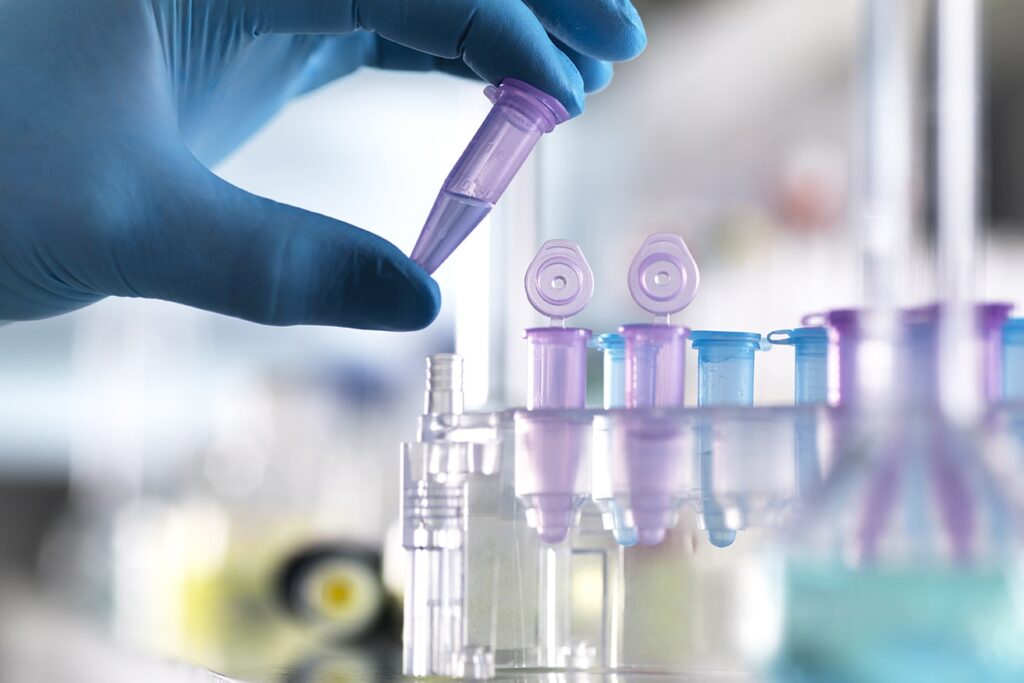
Perinatal Stem Cells: A Unique Source of Stem Cells
Perinatal stem cells are found in the tissues and fluids associated with childbirth, such as the placenta, amniotic fluid, and umbilical cord blood. These cells have unique properties and potential applications in regenerative medicine, with some studies suggesting that they may have advantages over other stem cell types in certain situations.
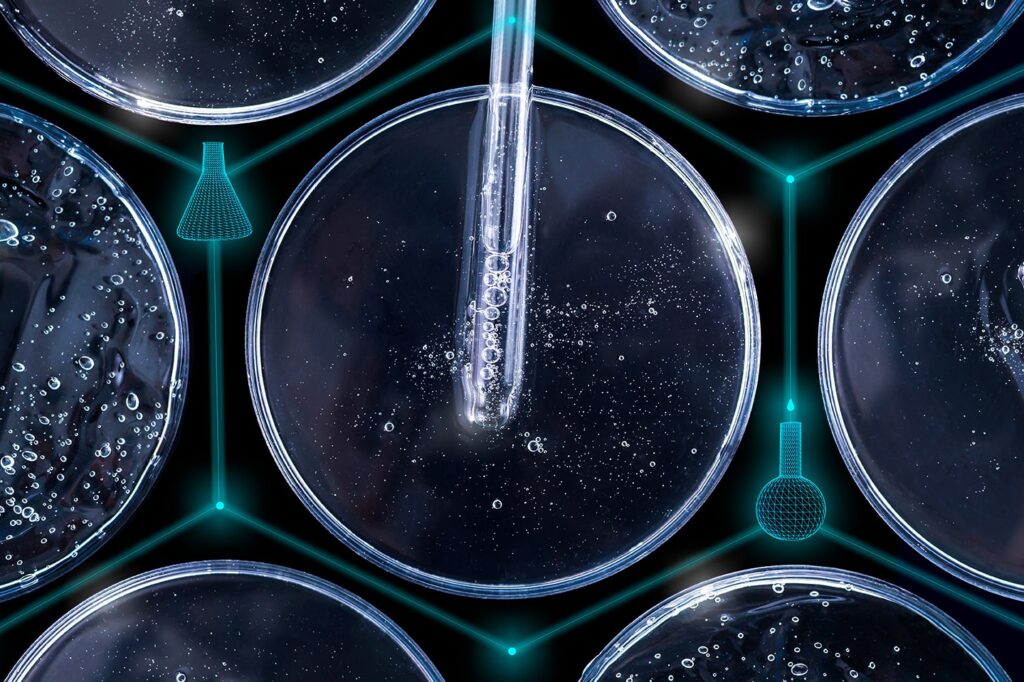
Cell Differentiation and Specialization
One of the most remarkable properties of stem cells is their ability to differentiate into specialized cells. This process, known as cell differentiation, involves changes in gene expression patterns and cellular functions as the stem cell transitions into a specific cell type. Differentiated cells can include various types of cells, such as nerve cells, muscle cells, and blood cells.
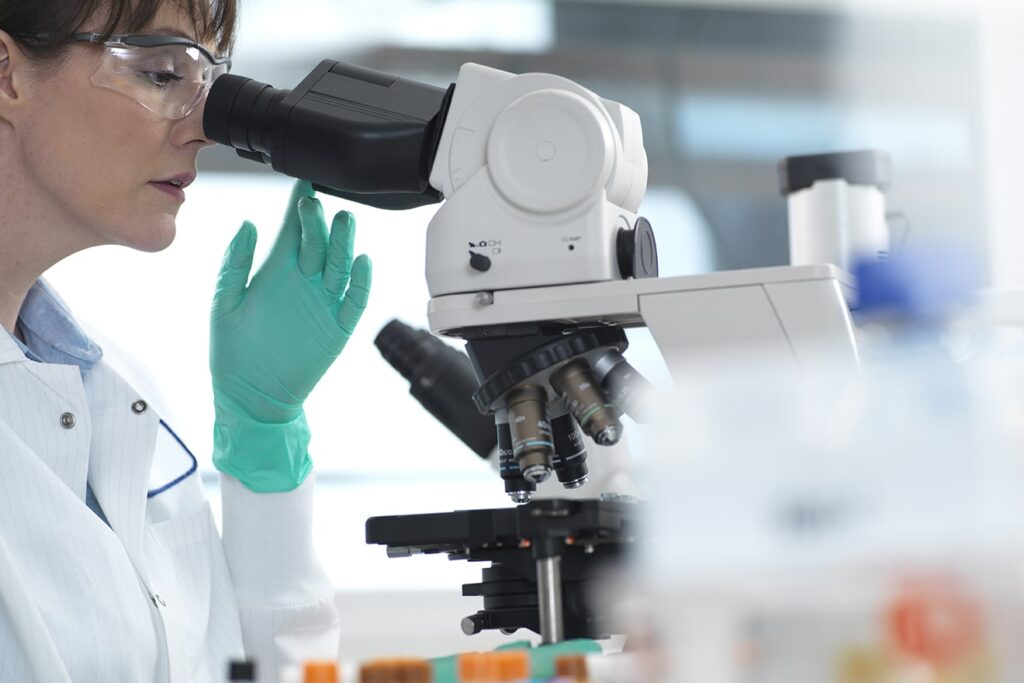
The Role of Daughter Cells and Cell Division in Stem Cell Biology
A fundamental aspect of stem cell biology is the process of cell division. When a stem cell divides, it generates two daughter cells, which can either remain as stem cells or differentiate into specialized cells. This process ensures that a constant supply of stem cells is maintained within tissues, enabling the body to repair and regenerate as needed.
My Personal Experience with Stem Cells
As someone who has personally explored the world of stem cells for rejuvenation and longevity, I am investing in my future well-being by harvesting and storing my own stem cells while I am young and healthy. This process, which involves extracting stem cells from belly fat, can be quite costly, ranging from $10,000 to $20,000. However, it is considered one of the most effective biohacking tools for promoting youth and vitality.
The best stem cells for this purpose are your own, as they are tailored to your unique genetic makeup and can minimize the risk of immune rejection. While it is possible to purchase stem cells from labs or from the umbilical cord blood of newborns, utilizing your own stem cells is the best approach!
As a parent, I have also chosen to store my daughter’s stem cells for future use. This process, known as umbilical cord blood banking, involves collecting and storing the blood from the umbilical cord after birth. It is an investment in her health and that of our family, as the stored stem cells can potentially be used by any family member in need of treatment. The initial cost for this service ranges from $3,000 to $5,000, with annual storage fees to maintain the viability of the stem cells.
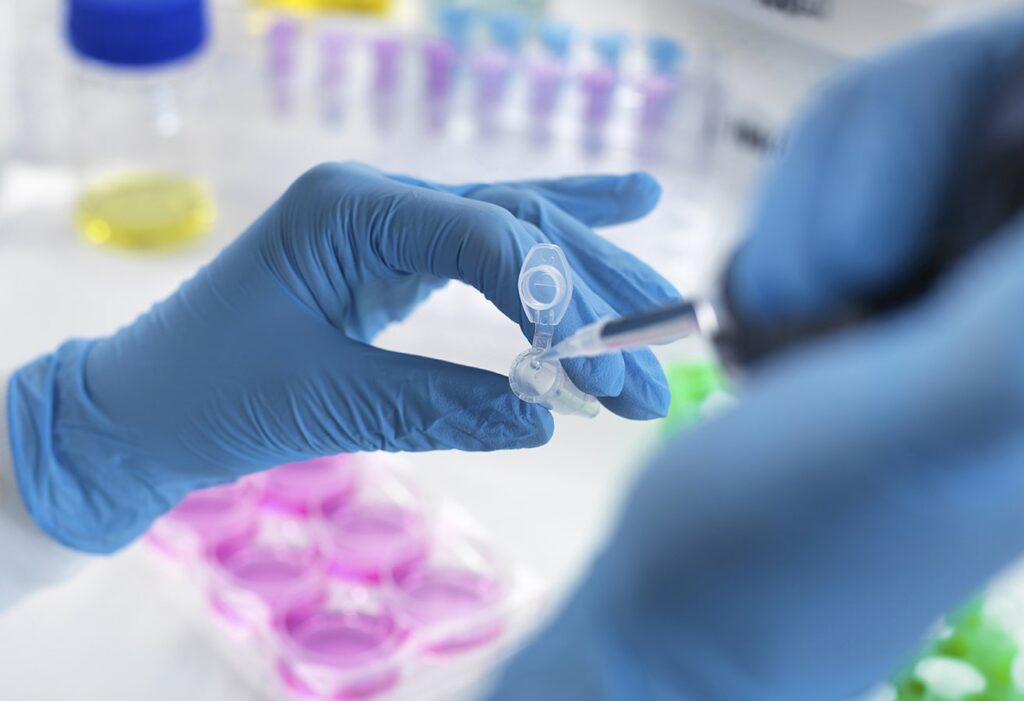
The Future of Stem Cells
In my opinion, stem cells are the future of regenerative medicine and hold great promise for rejuvenating the body and promoting longevity. The potential to grow new organs from stem cells, for example, could revolutionize transplantation and organ repair in the next decade. Banking your stem cells now, while they are young and healthy, can provide a valuable resource for future medical treatments and overall wellness.
The field of stem cell research is continually evolving, with new discoveries and advancements being made regularly as clinical trials involving stem cell therapies are ongoing, and some have already shown promising results. However, it is essential to approach these new treatments with caution and ensure they are thoroughly tested for safety and efficacy before widespread adoption.

Coaching Sessions
I am currently offering one-on-one coaching sessions to help individuals who may be facing challenges in achieving their goals independently. My goal as a coach is to guide and support you in every step of your journey, while also holding you accountable for the actions you take towards achieving your desired outcomes.
Whether you want to improve your health and wellness, establish better habits, or achieve personal and professional growth, I can provide you with personalized attention, a customized approach that suits your unique needs, and the necessary tools and motivation to help you reach your full potential and transform your life.

Conclusion
In conclusion, stem cells offer immense potential for advancing our understanding of human biology and revolutionizing medical treatments. By exploring the various types of stem cells, their unique properties, and their potential applications in therapy and research, we can unlock new possibilities in medicine and improve the lives of countless individuals. As our knowledge of stem cells continues to grow, we can look forward to a future where the power of these remarkable cells is harnessed for the betterment of our health, rejuvenation, and longevity.
FAQ
Stem cells are unique cells with the ability to self-renew and differentiate into specialized cell types. They play a crucial role in the development, maintenance, and repair of tissues and organs in the body.
There are several types of stem cells, including embryonic stem cells, adult stem cells, and induced pluripotent stem cells. Embryonic stem cells are derived from early-stage embryos and can differentiate into almost any cell type in the body. Adult stem cells are found in various tissues throughout the body and can give rise to a limited range of specialized cells. Induced pluripotent stem cells are created by reprogramming adult cells, giving them the ability to differentiate into a wide variety of cell types.
Stem cell therapy is a type of treatment that uses stem cells to repair or replace damaged cells and tissues in the body. By harnessing the unique properties of stem cells, researchers hope to develop novel treatments for a wide range of diseases and conditions, including spinal cord injuries, heart diseases, and degenerative disorders.
Stem cell therapy has shown promise in the treatment of spinal cord injuries by promoting the regeneration of damaged nerve cells and restoring function. Early studies have demonstrated encouraging results, with some patients experiencing improvements in motor function and sensation following stem cell treatments.
Bone marrow stem cells, specifically hematopoietic stem cells, play a crucial role in the body's ability to produce blood cells. These cells reside in the bone marrow and give rise to various types of blood cells, including red blood cells, white blood cells, and platelets. Hematopoietic stem cells are essential for maintaining a healthy immune system and blood cell production throughout life.
Perinatal stem cells are found in the tissues and fluids associated with childbirth, such as the placenta, amniotic fluid, and umbilical cord blood. These cells have unique properties and potential applications in regenerative medicine, with some studies suggesting that they may have advantages over other stem cell types in certain situations.
Cell differentiation is the process by which stem cells transition into specialized cell types, such as nerve cells, muscle cells, or blood cells. This process involves changes in gene expression patterns and cellular functions. Understanding cell differentiation is essential for harnessing the potential of stem cells in research and therapy.
The surrounding tissue, also known as the stem cell niche, plays a critical role in regulating stem cell behavior. The niche provides signals and cues that influence stem cell division, differentiation, and migration. Understanding the interactions between stem cells and their surrounding tissue is essential for the development of effective stem cell therapies and regenerative medicine strategies.
Banking your own stem cells, particularly when you are young and healthy, can provide a valuable resource for potential future medical treatments. These stored stem cells can be used to address various health issues, such as tissue regeneration or the treatment of degenerative diseases. Additionally, using your own stem cells reduces the risk of immune rejection compared to using donor cells.
Some of the current challenges and limitations of stem cell research and therapy include understanding the complex mechanisms of stem cell differentiation and tissue regeneration, ensuring the safety and efficacy of stem cell treatments, and addressing ethical concerns related to the use of certain types of stem cells, such as embryonic stem cells. Additionally, many stem cell therapies are still in the experimental stage, with ongoing clinical trials to evaluate their safety and effectiveness.
Resources
1. Stem cells: What they are and what they do – Mayo Clinic
2. Stem Cell Basics | STEM Cell Information
4. Embryonic Stem Cell Fact Sheet – University of Wisconsin …
5. Adult Stem Cell – an overview | ScienceDirect Topics
6. Stem cell – Adult stem cells | Britannica
4. Pluripotent stem cells – Latest research and news | Nature

With a positive approach and a motivation mindset, you will reach your health goals, no matter how hard they may seem at first. Learn more about my one-on-one coaching program here.







